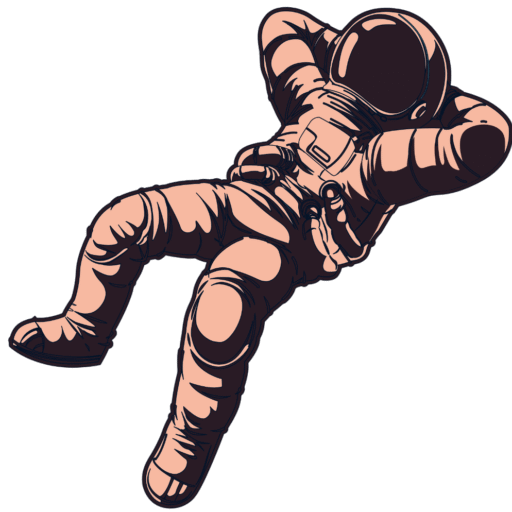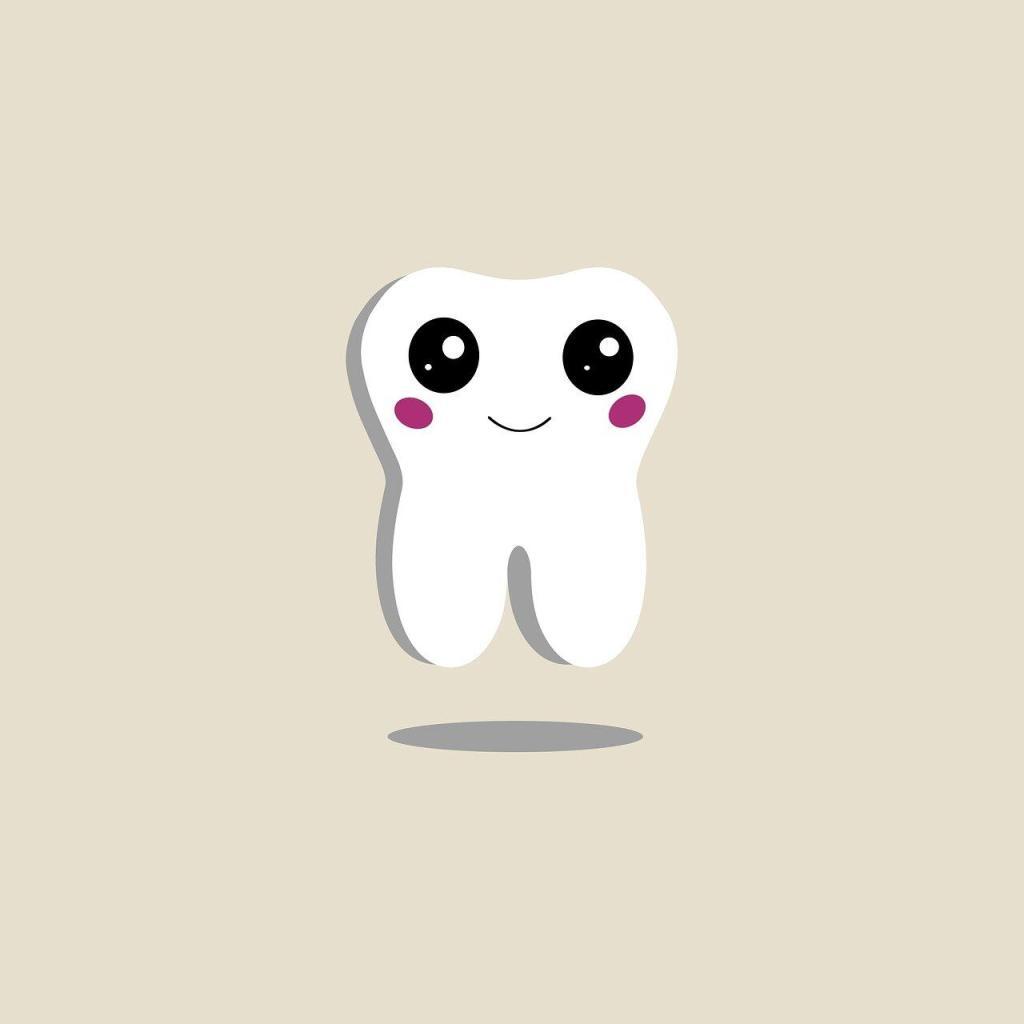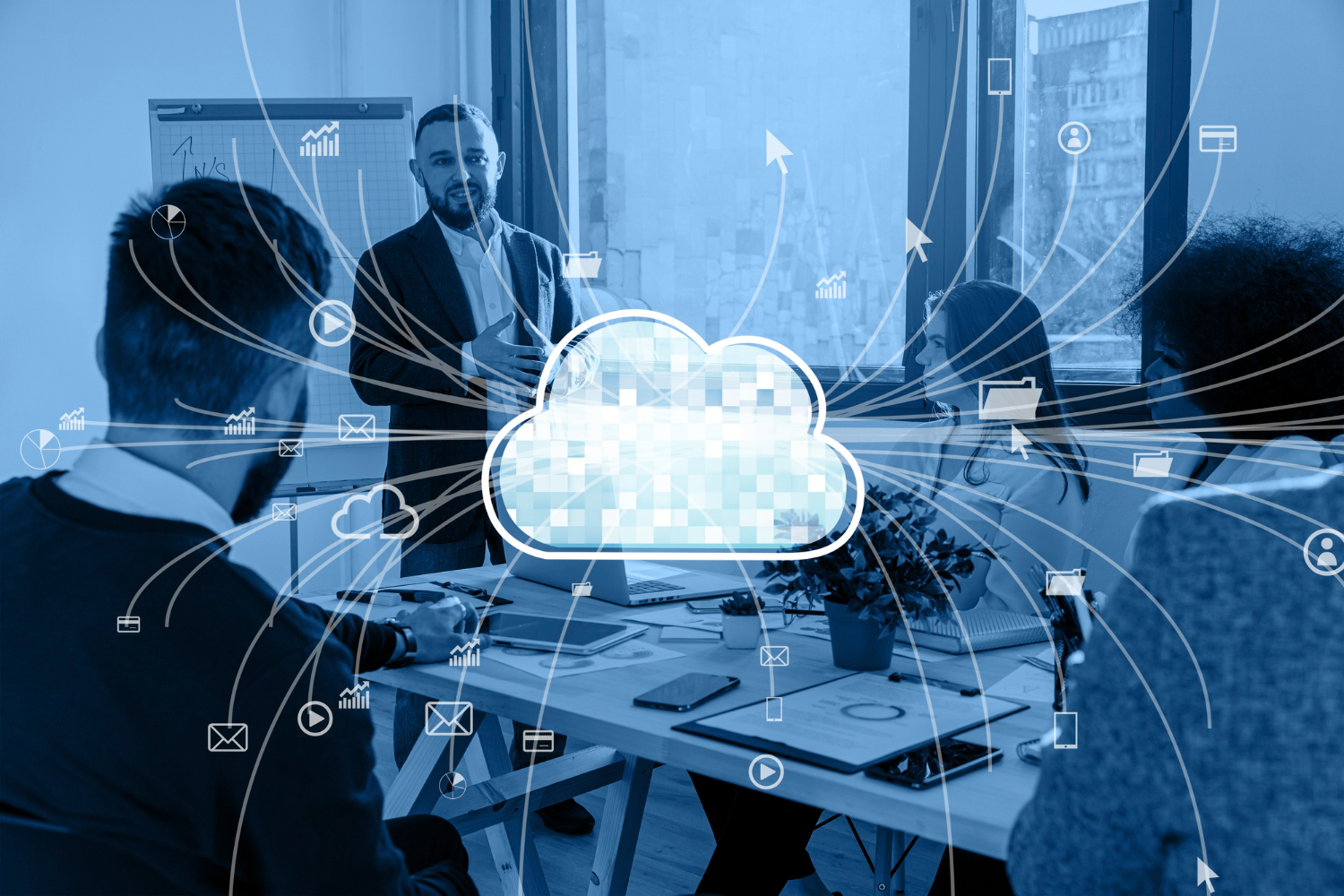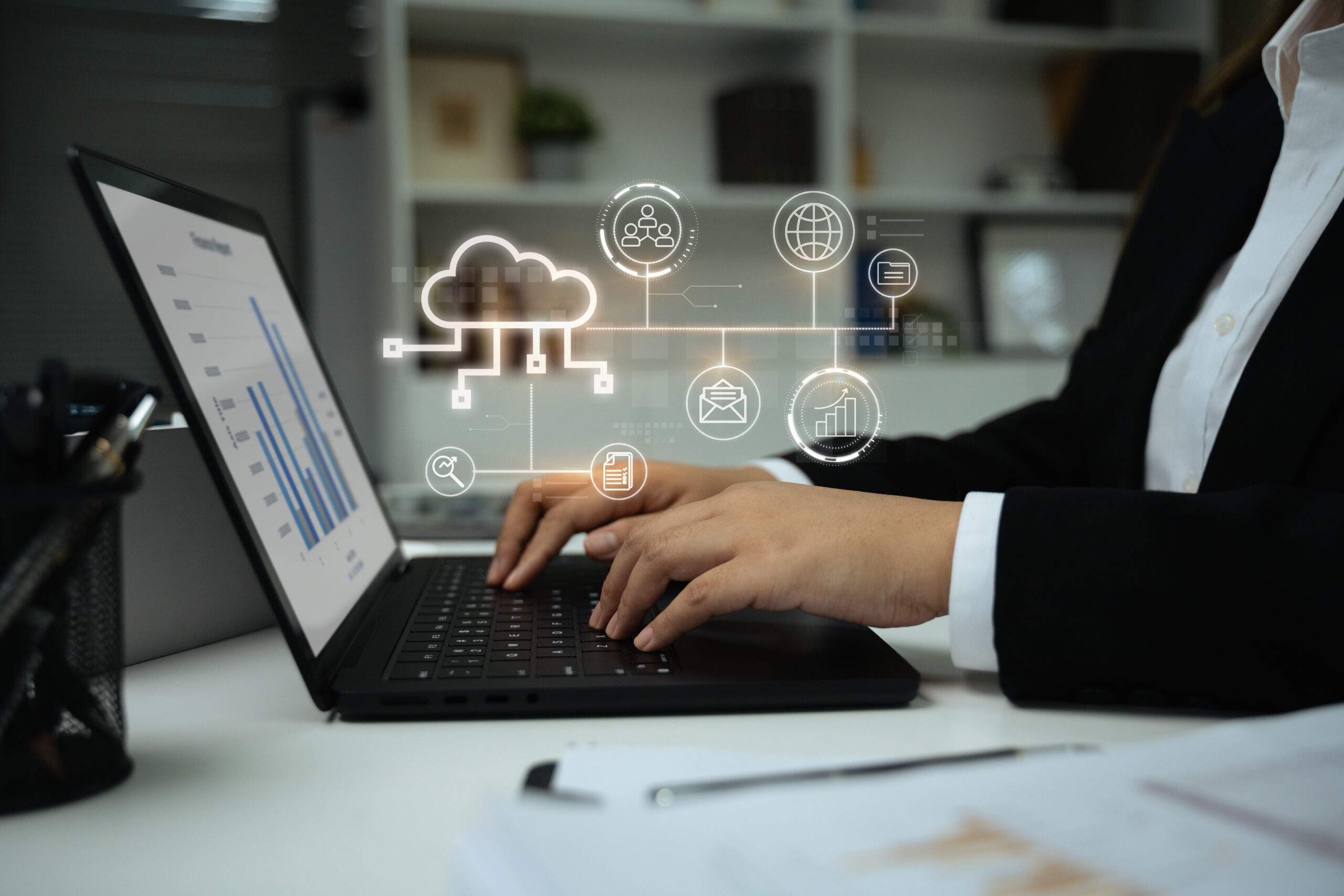
The Internet of Things (IoT) has been revolutionizing industries across the board, and healthcare is no exception. IoT technology has the potential to transform the way dental and medical offices operate, making them more efficient, effective, and patient-centric. In this article, we will explore the impact of IoT on dental and medical offices and how it can improve patient care.
One of the most significant benefits of IoT in healthcare is the ability to collect and analyze data in real time. This data can be used to monitor patient health, track medication adherence, and identify potential health risks before they become serious. In dental and medical offices, IoT devices can be used to track patient vitals, such as blood pressure, heart rate, and oxygen levels. This information can be transmitted to healthcare providers in real time, allowing them to make informed decisions about patient care.
IoT devices can also be used to monitor patient behavior and activity levels. For example, wearable devices can track a patient’s physical activity, sleep patterns, and even diet. This information can be used to create personalized treatment plans that take into account a patient’s lifestyle and habits.
Another benefit of IoT in healthcare is the ability to improve patient engagement. IoT devices can be used to provide patients with real-time feedback on their health status, such as blood glucose levels or blood pressure readings. Patients can also receive reminders about medication schedules or upcoming appointments, helping them stay on track with their treatment plans.
In dental offices, IoT devices can be used to improve patient education and engagement. For example, interactive displays can be used to show patients how to properly brush and floss their teeth, or to explain complex dental procedures in a way that is easy to understand.
IoT technology can also improve the efficiency of dental and medical offices. For example, IoT devices can be used to automate routine tasks, such as appointment scheduling or prescription refills. This frees up staff time to focus on more complex tasks, such as patient care and education.
In addition, IoT devices can be used to improve inventory management. For example, RFID tags can be used to track the location and usage of medical supplies and equipment, ensuring that they are always available when needed. This can help reduce waste and save money for dental and medical offices.
Overall, the impact of IoT on dental and medical offices is significant. It has the potential to improve patient care, increase efficiency, and reduce costs. However, implementing IoT technology in healthcare requires careful planning and consideration. Dental and medical offices must ensure that they have the necessary infrastructure and expertise to support IoT devices, as well as the resources to analyze and act on the data collected.
Contact Trinity Solutions, Inc. at 336-303-1730 to learn more and discuss your practice’s unique needs and how we may be able to help you. Our team of experts can help you navigate the complex world of IoT in healthcare and develop a customized solution that meets your specific needs. With our help, you can revolutionize your dental or medical office and provide your patients with the best possible care.





